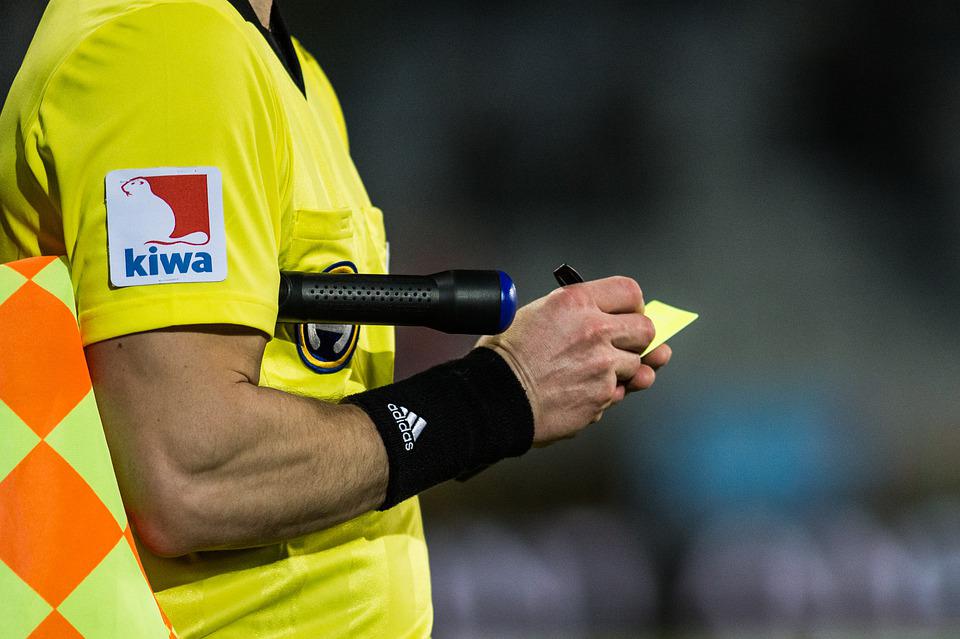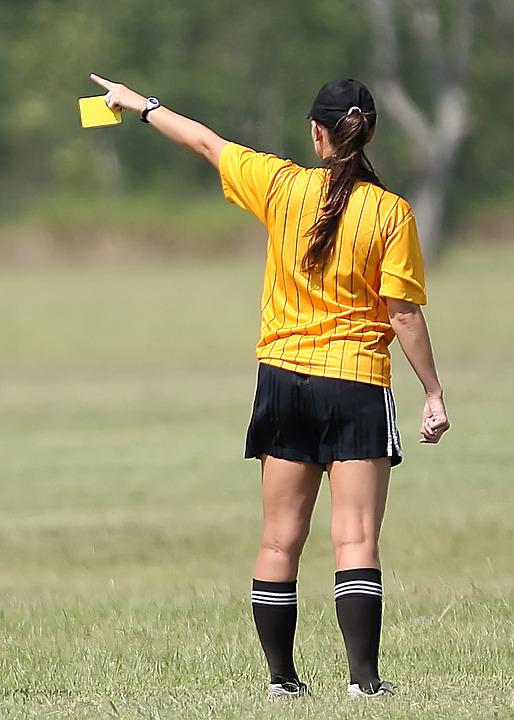What are the two Penalty Cards You Can Receive, and What Do They Mean?

Football is a game of passion. Sometimes, that passion can get the best of you and lead to you committing fouls on the field or stepping out of bounds on your way to a goal. Penalties are awarded for such infractions, but they don’t always result in the attacking team taking a penalty kick.
Let’s talk about what those two penalty cards look like and how they are used by referees during a football match. We’ll also discuss what happens when multiple players commit fouls at once, as well as how penalties work with yellow cards and red cards.
Get answers to your questions by checking out best extradition lawyers.
What is a Foul in Soccer?
A foul is any violation of the rules, whether it’s a physical infraction or not. You can commit fouls in soccer by committing any of these offenses:
- Tripping an opponent
- Holding an opponent
- Using your hands to push or shove an opponent
- Kicking an opponent intentionally
These fouls are penalized with a free kick or penalty kick, depending on where they occur on the field. In addition to these types of fouls, you can also commit off-field violations like spitting at another player during play or throwing things at them.
The Origins of Red and Yellow Cards

The history of soccer is long, but the use of red and yellow cards as penalty cards has been a relatively recent development. The first-ever red and yellow cards were issued in 1970 at the World Cup in Mexico.
Communication was the key to a World Cup match in 1962. During the opening game of that year’s tournament, an Englishman named Ken Aston refereed Switzerland versus host Chile. After officiating the previous game between Switzerland and Chile, FIFA hired him to oversee Chile-Italy. Everyone expected that game to be a war of words.
In 1963, Aston dismissed the Italian player Giorgio Ferrini during a match and tried to send him off. However, because of the language barrier, Ferrini did not understand what he was being told and refused to leave the field. This unfortunate event stuck with Aston ever after his retirement in 1963.
FIFA’s Referees Committee asked Aston to join in, and he went on to become head of the referees for the 1966 World Cup. During an Argentina-England match in that tournament, Rattín needed to be calmed down after being sent off. It was the report in the newspapers the following day that brought back to his mind the communication issues he’d encountered four years earlier.
In papers, it was reported that the match referee had cautioned both Bobby and Jack Charlton. However, it wasn’t made public. It led to the English Football Association seeking clarification on the issue, and Aston began thinking about how to make things clearer. When he approached FIFA with his idea, the organization decided to test yellow and red cards at the 1970 World Cup in Mexico.
Although the penalty cards were deemed to be successful during the 1970 World Cup, they didn’t become official in FIFA’s rules right away. The cards were gradually introduced over several years in European leagues, with English football not adopting them until 1976. They didn’t become widely used until many years later.
Introduction of Yellow and Red Cards in the English Leagues
Yellow cards were introduced to the English league in 1976; two red cards were shown on the first day of their use. The first player to be shown a red card, then-Blackburn Rovers defender David Wagstaffe, was given the expulsion after thirty-six minutes of the match. Just after sixty-seven minutes, the same afternoon, George Best was given a red card for swearing.
As violence on the terraces became more frequent in the 1970s and early 1980s, referees were accused of adding to the problem through their overly demonstrative style. In 1981, therefore, the FA Council decided to get rid of red cards in order to calm down the reaction of spectators.
In 1987, however, the decision was taken out of the Football Association’s hands.
The International Football Association Board (IFAB), responsible for overseeing rules across the sport of football, voted in 1987 that England should re-introduce yellow and red cards ahead of the 1988 season.
On August 15, 1987, during a match between Luton Town and Derby County, a player named Mick Harford became the first person in English football history to be shown a red card.
The Yellow Card

Players who receive a yellow card are given a warning and allowed to continue playing for the duration of the game. However, if a player receives a red card, they have to leave the pitch immediately.
A player receives a yellow card if he commits any of the following offenses:
- Delays the restart of play
- Guilty of unsporting behavior
- Infringes the laws of the game persistently
- Leaves the field without the referee’s permission
- Enters or re-enters the field without the permission of the referee
- Abuses, harms, or shows dissent by action or word
- Doesn’t respect the required distance when the game is restarted with a free-kick, a corner-kick, or a throw-in
The Red Card
A red card is issued when a player commits serious foul play or violent conduct. If you receive a red card, you will be sent off (i.e., removed) from the field of play. Depending on the circumstances of your offense and how many yellow cards you already have in that match, you could be suspended for anywhere between one and three games.
The referee will hold up their hand to indicate that they have given another player a red card and blow their whistle to stop play, so everyone knows what’s going on.
A player receives a red card if he commits any of the following offenses:
- Using abusive language, insulting the referee/other players, or showing abusive gestures.
- Guilty of serious fouls
- Guilty of violent conduct
- Receives a yellow card within the same match
- Spits or an opponent
- Prevents the opposing team from scoring by deliberately handling the ball
- Any tackle, push, or challenge that denies an opponent a goal-scoring opportunity
Conclusion
A yellow card is a warning for a player who commits an offense. It means that the coach should be aware of the player’s behavior and take action if it continues to be problematic. On the other hand, a red card is much more serious than a yellow one, as it results in ejection from the game.
Moreover, players who are given straight red cards for dissent will be banned from playing in their team’s next two matches. Players who are found guilty of dangerous tackles or violent conduct will also be banned from playing in their team’s next three matches.




